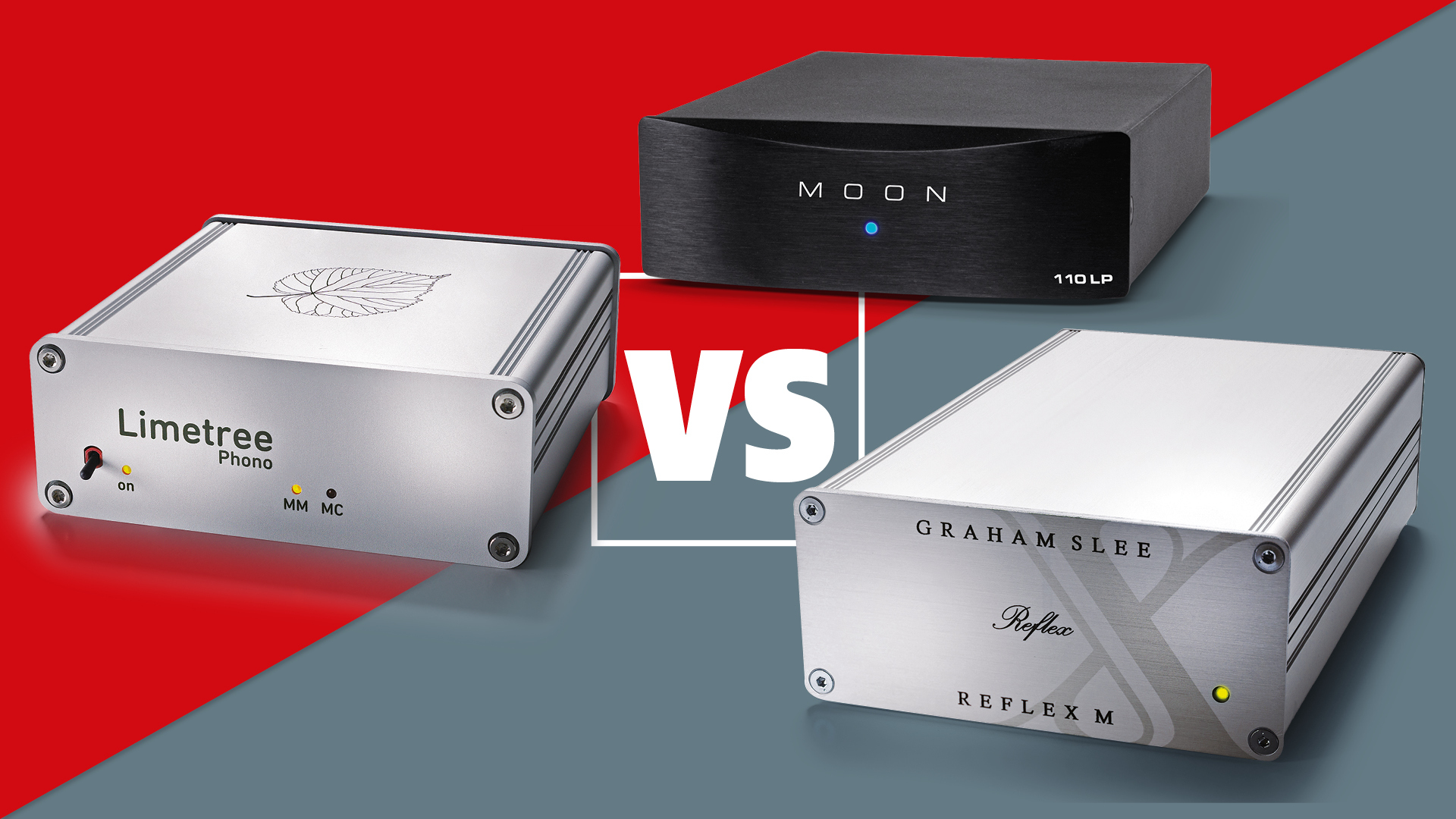What Hi-Fi? Verdict
Piega’s compact, classy speakers are impressively clear and polished performers, but they lack the musicality to really engage
Pros
- +
Clear, solid, refined sound
- +
Snappy, agile bass
- +
Conveniently compact
Cons
- -
Lack dynamic variation and punch
- -
Not musically engaging
Why you can trust What Hi-Fi?
Roger Federer isn’t the only Swiss maestro serving up aces; Lake Zurich-based Piega has also launched the Ace speaker series, its most affordable aluminium range to date. The Piega Ace 30 bookshelf speakers we have on review here are joined by their Ace 50 floorstander and Ace Center siblings, together comprising the Swiss brand’s most compact speaker line yet.
The Aces replace the miniature TMicro models that, when we reviewed the bookshelf TMicro 40 AMT, we concluded were “classy compact speakers that make particular sense if you don’t have lots of space”. So, do the Ace 30 serve the same purpose?
Build
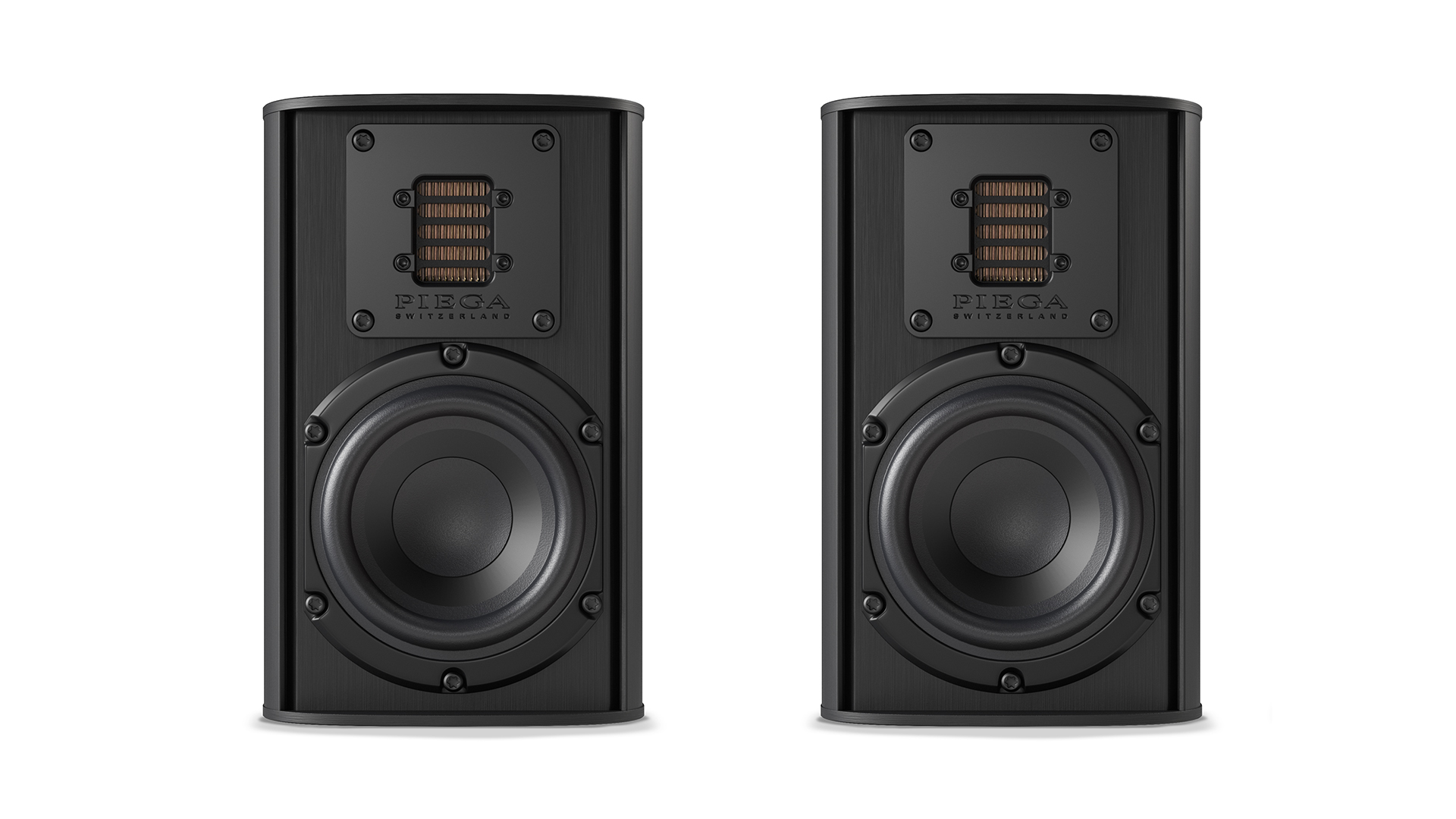
‘Compact’ is a term we often use to describe the crop of smaller-than-average standmounters aimed at those short on space or with a desire for discreet designs, but the Ace 30 are truly tiny.
Now the smallest speaker in the Piega portfolio, they have curved cabinets just 14cm wide and 16cm deep, with the baffles measuring the size of a large postcard.
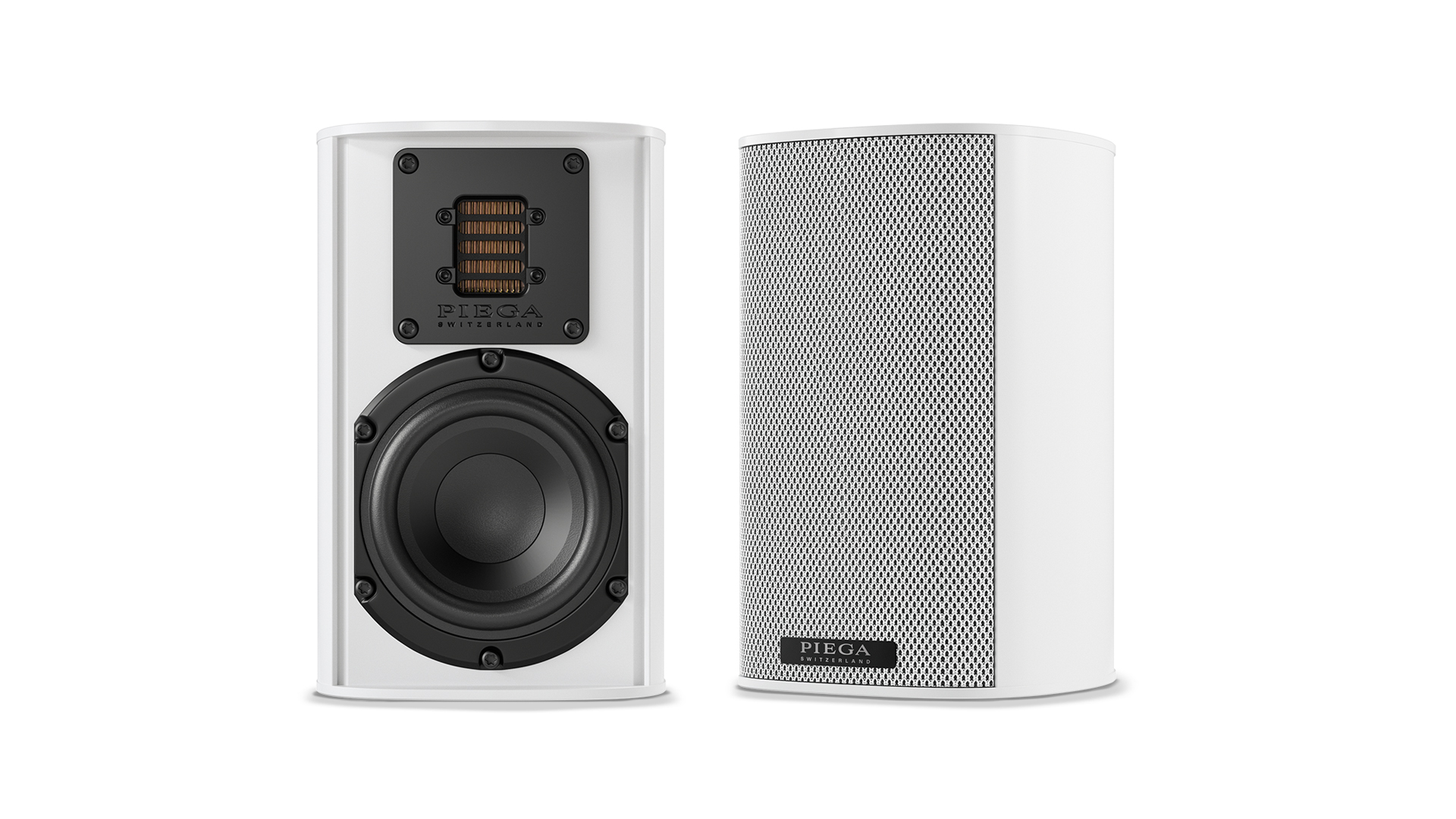
Driver 1x 120mm MDS
Tweeter 1x AMT-1
Finishes x3
Dimensions (hwd) 22 x 14 x 16cm
Weight 3kg
Piega is most notable for specialising in ribbon tweeters, including its folded ribbon designs (‘Piega’ means ‘fold’ in Italian), but it also champions aluminium cabinets over wooden ones.
For the Ace range, Piega has specially developed braced aluminium cabinets, optimising them for the 12cm MDS mid/bass drivers and, of course, that famed ribbon tweeter. In the Ace 30, it is an AMT-1 Air Motion Transformer design, as found in the TMicro range and driven by a neodymium motor assembly.
For the Ace aesthetic, Piega has once again leaned on Swiss designer Stephan Hürlemann. Sleek and minimalist in their natural aluminium, anodised black or high-gloss white finishes, the Ace 30 are as unassuming visually as they are in terms of size, with no visible seams, angles or fixings.
The latest hi-fi, home cinema and tech news, reviews, buying advice and deals, direct to your inbox.
Compared aesthetically with similarly priced speakers, such as the KEF LS50 Meta and Triangle Borea BR08 floorstanders, the Ace 30 may look a little functional, but they are ideal for those who don't want their stereo speakers to stand out in their living room.
Compatibility
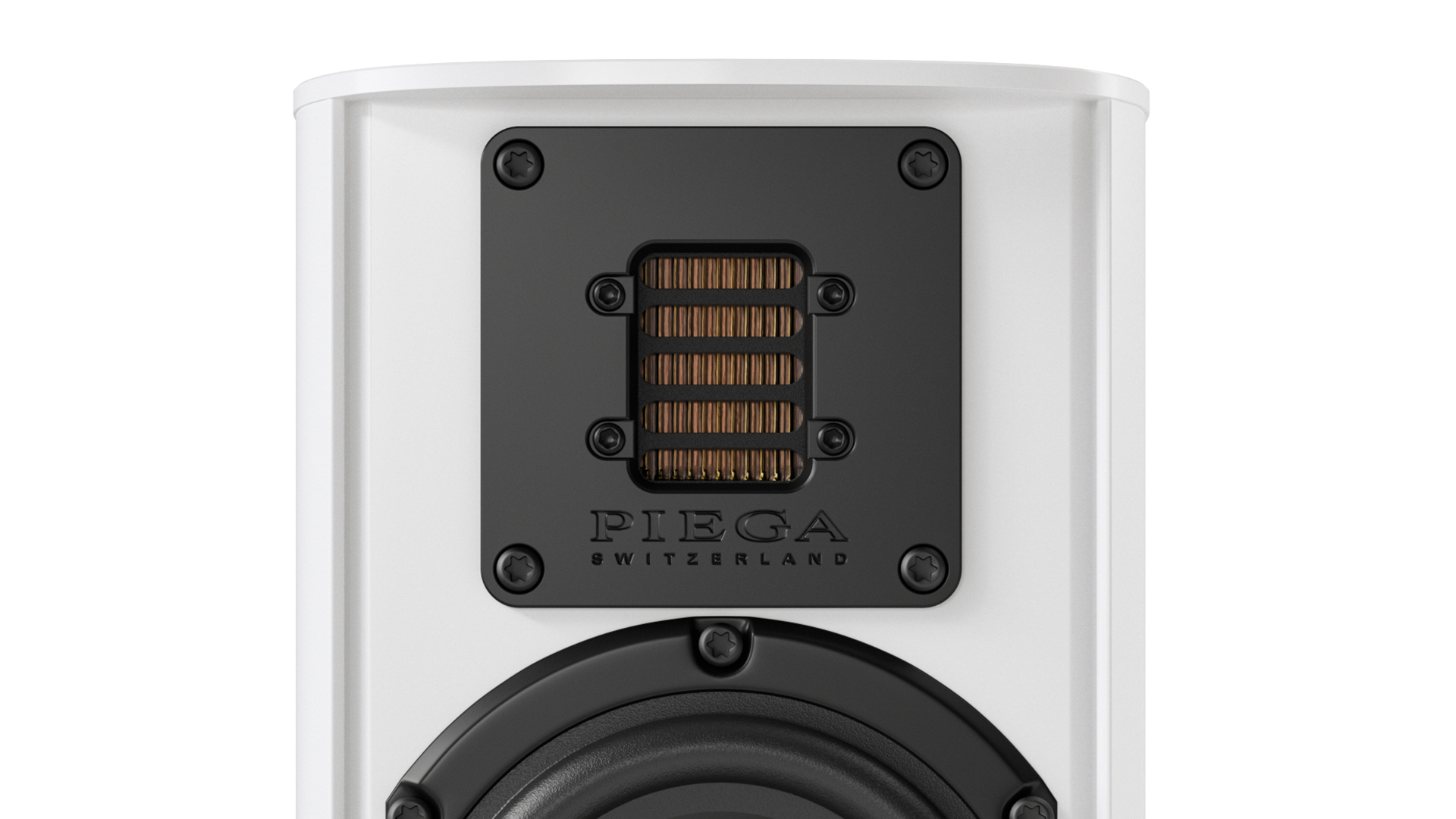
The Ace 30 aren’t entirely unfussy in that, while they do sound weighty enough to sit out into a room without sounding unsatisfactorily thin, their performance clearly benefits from a rear wall backing.
Here, a few metres apart from one another, they produce an impressive breadth of sound that belies their size – and that sound is clear, solid and refined, fed initially by our reference Burmester 088/911 Mk3 pre/power combination and then the more modest, price appropriate Naim Nait XS 3 integrated amplifier.
Sound
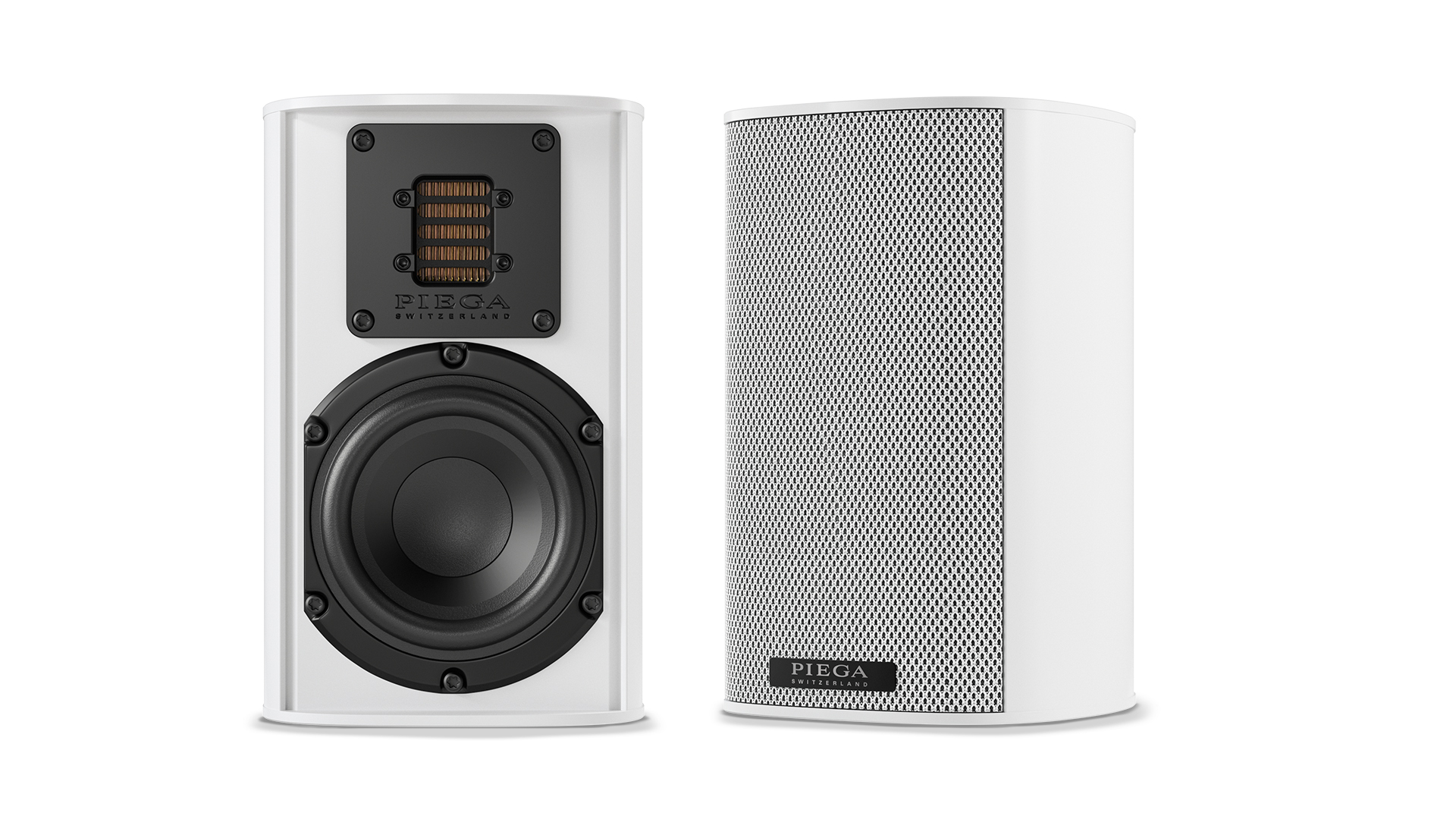
It isn’t long into Future Islands’ The Moon Is Blue that the Piegas get to show off their even balance and decent organisation as they cleanly present the jangly instrumentation beneath the vocal. Trebly synths slice through the mix, there’s a solid handling of the drumbeat, and plenty of detail comes through in between, with the Piegas not particularly biased to one part of the frequency range.
You shouldn’t expect speakers of this size, nor the drivers inside them, to produce floor-shaking bass or stamp absolute authority on a track, but the Piegas are far from bass light, and the low frequencies they dig up are pleasantly snappy and agile. The backbeat in Macklemore's Marmalade is precise and cutting, riding below piano keys that are duly dulcet and an insightful, crisp vocal that captures the rapper’s deliberate style.
This is a sprightly, playful track, but the Ace 30 don’t really play along, lacking the bite and dynamic punch to really throw themselves into the performance. Similarly, St Vincent's Fast Slow Disco is an uptempo, invigorating pop number but, through the Piegas, it lacks pizzazz. It’s as if the speakers are holding back and we can’t help but feel disappointed by their lack of energy and dynamism.
The Ace 30 also fall short where dynamic expression is concerned. It would be grossly unfair to say they are completely bereft of dynamic scrutiny, but their ability here is some way below what the class leaders are capable of at this price point. The much larger but similarly priced KEF LS50 Meta, for example, have the scale and depth to better open up a track, the dynamic variation to keep things interesting and, crucially, the liveliness to throw itself into a rhythm.
With Antony and the Johnsons’ You Are My Sister, the Piegas don’t have the transparency to follow her lilts and pitch changes as expertly as the KEFs do. The LS50 Meta are the much more musical monitors, delivering the instrumentation with a suitable skip in their step.
Verdict
Piega’s latest bookshelf speakers are aces by name, but not by nature. To their credit, the Ace 30 are neat and will fit conveniently and discreetly in a room, filling it with a sound that’s clear, lush and finessed. But while they offer a scale and solidity beyond what you’d expect, they lack the musicality to really engage. We would expect more from speakers at this price, whatever their size.
SCORES
- Sound 3
- Compatibility 4
- Build 4
MORE:
Read our guide to the best bookshelf speakers
Read our KEF LS50 Meta review
Read our Triangle Borea BR08 review
What Hi-Fi?, founded in 1976, is the world's leading independent guide to buying and owning hi-fi and home entertainment products. Our comprehensive tests help you buy the very best for your money, with our advice sections giving you step-by-step information on how to get even more from your music and movies. Everything is tested by our dedicated team of in-house reviewers in our custom-built test rooms in London, Reading and Bath. Our coveted five-star rating and Awards are recognised all over the world as the ultimate seal of approval, so you can buy with absolute confidence.

